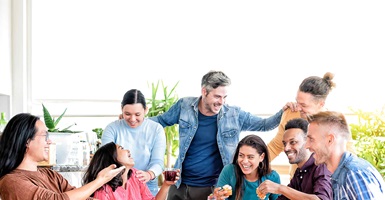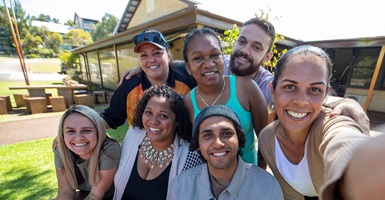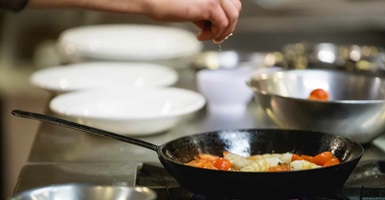A recent survey in the US revealed some frightening statistics when it comes to beauty routines – taking cosmetics, perfumes, personal care products and feminine hygiene products into account, it found that American women apply an average of 168 chemicals to their faces and bodies every day.
It’s little wonder, then, many of us are embracing “clean beauty” – products that contain natural ingredients, many of them organic. And the figures back that up: a report by the industry body Australian Organic Ltd found that in 2018, 37 per cent of households bought an organic skincare product, compared to just 22 per cent in 2016. Added to that, the organic cosmetics and toiletries market in Australia has grown by 16 per cent over the past five years.
All of this comes as little surprise to Lorraine Castle, Senior Educator for Hair, Beauty and Wellness at Chisholm Institute.
“There has been a marked shift to products that are healthier for our skin and cleaner in their manufacturing, as well as being non-animal tested and cruelty free,” Lorraine says. “We now have the evidence of studies conducted around the toxicity and carcinogenic qualities of ingredients that were and still are commonly found in our cosmetics.”
She says the shift is part of a larger global movement towards ethical living. “Now that we have a better understanding of how our actions are impacting the environment, consumers are making concerted efforts to minimise wastage such as packaging and plastics, using products that do not harm the environment in any way, either in extrusion, production, shipping and disposal.”
The main culprits
In the US alone, some 12,500 chemical ingredients have been approved for use in personal-care products.
According to the Australian Academy of Science, our makeup and beauty products are primarily comprised of a combination of water, emulsifiers, preservatives, thickeners, emollients, colours and fragrances.
These contain chemicals such as parabens, polysorbates, benzyl alcohol, formaldehyde, cetyl palmitate, ammonium acryloyldimethyltaurate, butyl stearate, triclosan, diglycol laurate and phthalates.
But which of these are most likely harmful to us? “There has been lots of discussion recently surrounding endocrine-disrupting chemicals such as parabens, and those that mimic human hormones like phthalates, triclosan and resorcinol. These can disrupt reproduction, puberty and metabolism as well as being carcinogenic,” says Lorraine.
The foundation of leading Canadian environmentalist David Suzuki has nominated a “Dirty Dozen” – 12 chemicals that make frighteningly frequent appearances in our cosmetics. It makes sobering reading.
In light of all that, Australian “clean beauty” brands are flourishing. These include everything from large, nationally known brands to small businesses.
The latter include such companies as vegan lipstick group Lük Beautifood, started by mum-of-two Cindy Luken, and beeswax skincare line Beetanicals, which started when Tanya Stanley created a chemical-free balm for her baby’s eczema.
Lorraine Castle has three local favourites: “Jurlique, which plants and harvests its own ingredients; Frank, which started in Melbourne and makes its famous coffee scrub out of used coffee grinds; and Ultraceuticals, which does not test on animals, contains no parabens and uses ingredients obtained from sustainable resources.”


